Having seen this interpreter comparison graph, I wondered the reasons behind the MRI's mainstream usage, although it performs the worst. Why aren't Kiji or Ruby Enterprise Edition used more frequently; lack of gem support or something else?

For instance, Ruby Enterprise Edition is chosen by some of the most popular companies, thanks to its copy-on-write feature; I wonder if any other interpreter implements it.
REE can be easily installed in parallel to your existing Ruby interpreter, allowing you switch to REE with minimal hassle or risk. REE has been out for several years now and is already used by many high-profile websites and organizations, such as New York Times, Twitter, Shopify and 37signals.
“We switched to enterprise ruby to get the full benefit of the [copy-on-write] memory characteristics and we can absolutely confirm the memory savings of 30% some others have reported. This is many thousand dollars of savings even at today’s hardware prices.”